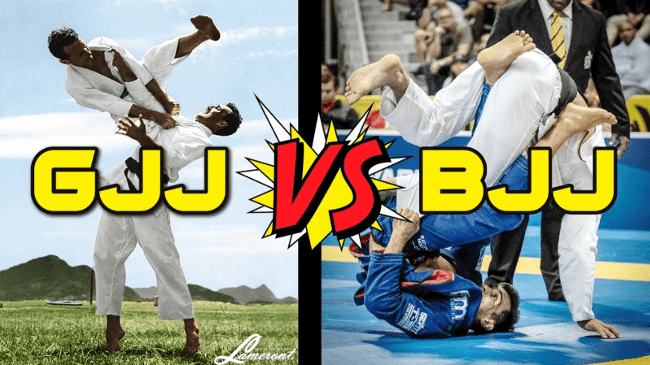Gracie Jiu-Jitsu and Brazilian Jiu-Jitsu Pearland are two styles of martial arts that share a common origin but have different philosophies and techniques. While both are rooted in the same principles and techniques of Japanese Jiu-Jitsu, they have evolved into two distinct styles. In this blog, we will explore the differences between Gracie Jiu-Jitsu and Brazilian Jiu-Jitsu, to help you determine which style is right for you.
Gracie Jiu-Jitsu Pearland: Gracie Jiu-Jitsu, also known as Gracie Jiu-Jitsu or Brazilian Gracie Jiu-Jitsu, is a style of martial arts that was developed by the Gracie family in Brazil. It is considered to be the original form of Brazilian Jiu-Jitsu and is based on the principles of leverage, joint locks, and submissions. The Gracie family is known for its focus on real-world self-defense, and Gracie Jiu-Jitsu is designed to give practitioners an advantage in real-world situations. It is mainly taught from the Gracieuniversity.com website where students can take an online class and become a certified instructor with limited training background.
Gracie Jiu-Jitsu is known for its focus on practicality and self-defense. The techniques are designed to be effective against larger and stronger opponents, and the style emphasizes the use of leverage, joint locks, and submissions to control and defeat an attacker. Gracie Jiu-Jitsu also places a strong emphasis on training in a live and realistic environment, allowing practitioners to develop their skills and techniques in a controlled but challenging setting.
Brazilian Jiu-Jitsu Pearland:
Brazilian Jiu-Jitsu Pearland: Brazilian Jiu-Jitsu, also known as BJJ, is a style of martial arts that was developed in Brazil by the Gracie family. However, it has since evolved into its own distinct style, with its own techniques, training methods, and competition rules. Brazilian Jiu-Jitsu is a grappling-based martial art that emphasizes ground fighting and submissions.
The focus of Brazilian Jiu-Jitsu is on submissions and ground fighting, and it places a strong emphasis on training in these areas. The techniques are designed to control and defeat an opponent through the use of submissions, such as chokes and joint locks. BJJ also places a strong emphasis on sport jiu-jitsu, with a focus on winning matches and tournaments.
In terms of training methods, Brazilian Jiu-Jitsu is known for its focus on drilling techniques, live sparring, and competition. The goal of BJJ training is to help practitioners develop their skills and techniques in a controlled and challenging environment. BJJ also places a strong emphasis on physical conditioning and grappling-specific strength training, as these are important for success in both sport jiu-jitsu and real-world self-defense.
Sports of Jiu Jitsu is dominated by the Brazilian Jiu Jitsu art instead of the Gracie Jiu Jitsu style that just focuses on Self Defense. This is why BJJ has continued to evolve with new position and techniques. Sport BJJ has blends of wrestling, sambo, Judo and other arts to compliment all the new styles being created by the new generation. Some argue that the No Gi style should now be called American Jiu Jitsu due to it’s dominance within America and it’s heavy use of wrestling within it’s techniques.
Differences: While Gracie Jiu-Jitsu and Brazilian Jiu-Jitsu share a common origin. They have evolved into two distinct styles with different philosophies and techniques. Here are some of the key differences between the two styles:
- Philosophy: Gracie Jiu-Jitsu places a strong emphasis on real-world self-defense and practicality. While Brazilian Jiu-Jitsu focuses on ground fighting, submissions, and sport jiu-jitsu.
- Techniques: Gracie Jiu-Jitsu emphasizes the use of leverage, joint locks, and submissions, while Brazilian Jiu-Jitsu places a strong





